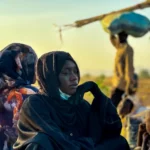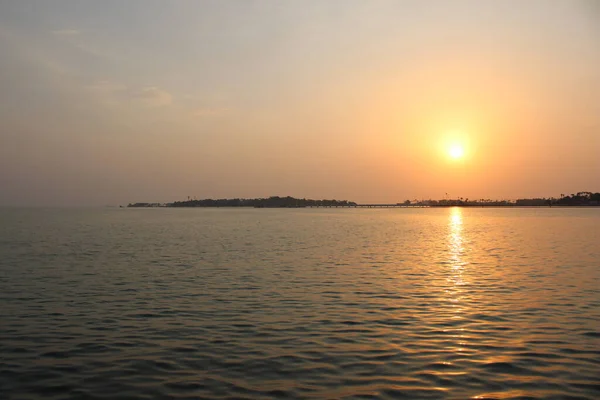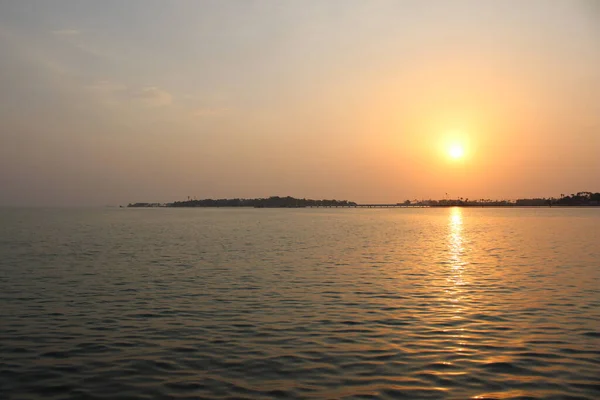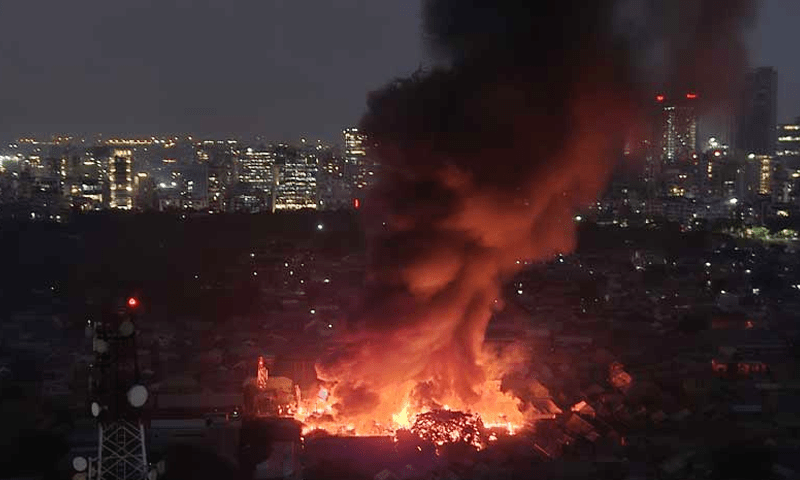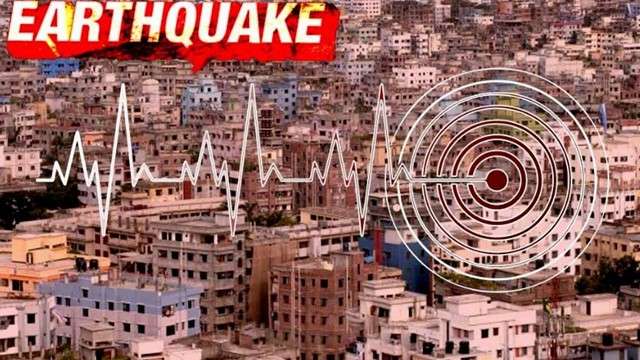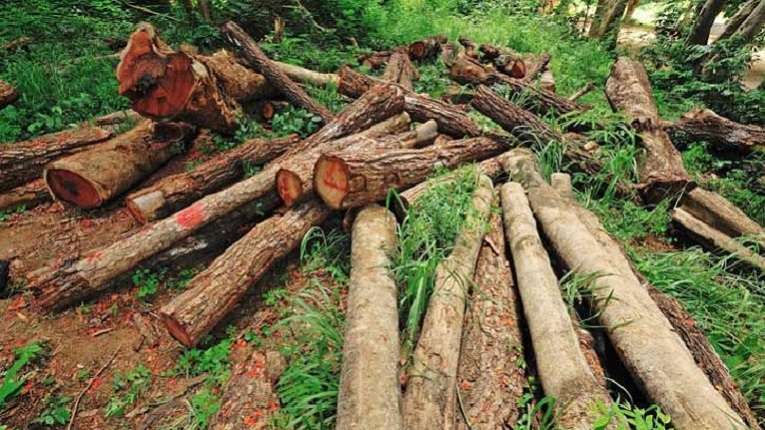Introduction-
The Gorai River is one of the most significant distributaries of the mighty Ganges (Padma) River system in Bangladesh. Flowing through the heart of the country’s southwestern region, the Gorai plays a crucial role in irrigation, navigation, agriculture, biodiversity, and maintaining the ecological balance. This river is not only a waterway but a source of life and livelihood for millions of people.
Origin and Course-
The Gorai River originates from the Padma River near Kushtia district at a place called Kamarkhali in the Magura district. From there, it flows southwest through Kushtia, Jhenaidah, and Rajbari before joining the Madhumati River, a distributary of the Nabaganga, and eventually emptying into the Bay of Bengal through the Rupsa-Passur River system.
The total length of the river is approximately 199 kilometers, and it serves as a crucial waterway for both human and ecological needs in the southwestern region of Bangladesh.
Historical Significance-
Historically, the Gorai River has served as a primary channel for transporting goods and people across the region. In the pre-railway era, it was one of the key rivers used for trade between East Bengal and West Bengal (now India). Traditional boats and cargo vessels carried rice, jute, and other agricultural goods, supporting the economy of the time.
Geographical Importance-
The Gorai River is geologically and geographically important for several reasons:
- Distributary of the Ganges: As a branch of the Ganges, the Gorai ensures that the sediment and freshwater reach the southwestern delta regions.
- Fertile Alluvial Plains: Its siltation has made the surrounding areas fertile and ideal for cultivation.
- Riverine Navigation: It acts as a route for inland water transport, especially in the dry season when road transportation becomes difficult.
Ecological Role-
The river plays an essential role in the ecosystem of Bangladesh:
- Salinity Control: The fresh water from the Gorai River helps prevent saltwater intrusion from the Bay of Bengal, especially in the Khulna region.
- Support to Sundarbans: It indirectly supports the Sundarbans, the largest mangrove forest in the world, by supplying freshwater needed for the survival of diverse flora and fauna.
- Biodiversity: Fish species, amphibians, and riverine birds depend heavily on the seasonal flow and water quality of the Gorai.
Agricultural Importance-
The Gorai River contributes significantly to the agricultural economy of Bangladesh:
- Irrigation: It irrigates vast lands in Kushtia, Jhenaidah, and surrounding districts, ensuring bumper crop yields.
- Crops: Major crops like rice, jute, sugarcane, and vegetables depend on this river’s water supply.
- Groundwater Recharge: Its flow also helps in recharging underground aquifers and reducing dependency on groundwater.
Navigation and Transportation-
Though the river’s navigability has declined due to siltation, it is still used for transporting small boats and vessels, especially during the monsoon season. It connects rural villages with district towns, aiding in the local economy and mobility.
Environmental Challenges-
Despite its vital importance, the Gorai River faces several environmental threats:
- Reduced Water Flow: Due to upstream diversions, especially at the Farakka Barrage in India, the Gorai experiences low water levels during the dry season.
- Siltation: The riverbed is heavily silted, which disrupts water flow and navigation.
- Pollution: Industrial waste, household garbage, and chemical runoff from agriculture have severely affected water quality.
- Encroachment: Human settlements and unplanned development along the riverbanks are narrowing the river’s width.
- Climate Change: Unpredictable rainfall and rising temperatures have altered the river’s flow pattern.
Government and NGO Initiatives-
Various efforts have been made to restore the river:
- Dredging Projects: The Bangladesh Water Development Board (BWDB) has undertaken multiple dredging initiatives to remove silt and restore flow.
- River Training: Several proposals have been made for long-term river training to protect its banks and maintain navigability.
- Awareness Campaigns: NGOs are working with local communities to prevent pollution and illegal encroachment.
- Cross-Border Dialogues: There have been talks between Bangladesh and India regarding the fair distribution of Ganges water to ensure sufficient flow into the Gorai.
Cultural and Religious Importance-
The Gorai River is deeply embedded in the local culture:
- Festivals: Many Hindu festivals like Durga Puja and Chhat Puja are celebrated along its banks.
- Literature and Folklore: Local poets, writers, and musicians often mention the river as a symbol of life and beauty.
- Rituals: Villagers use the river water for rituals, bathing, and daily household chores.
Best Time to Visit-
The ideal time to visit the Gorai River is between November and February, during the winter months when the weather is cool and pleasant. The water levels are moderate, allowing for boat rides and riverside activities. Festivals and rural fairs often occur around this time, offering cultural insights to visitors.
Conclusion-
The Gorai River is more than just a water channel — it is the beating heart of southwestern Bangladesh. From agriculture and transportation to ecology and culture, this river sustains life in countless ways. However, human-induced threats and natural challenges are pushing it toward decline. It is high time that we prioritize its conservation through sustainable development, responsible governance, and community involvement. Saving the Gorai River means preserving a vital artery of our national heritage and ensuring a better future for the next generation.
FAQs-
Where does the Gorai River originate from?
The Gorai River originates from the Padma River near Kamarkhali in Magura district, Bangladesh.
What is the length of the Gorai River?
The total length of the Gorai River is approximately 199 kilometers.
Why is the Gorai River important for the Sundarbans?
The Gorai provides essential freshwater that helps maintain the ecological balance of the Sundarbans by preventing saltwater intrusion.
What are the major environmental threats to the Gorai River?
Major threats include upstream water diversion, siltation, pollution, encroachment, and climate change.
Is the Gorai River navigable?
Yes, but the navigability has decreased due to siltation. It is mainly used during the monsoon season by small boats.
When is the best time to visit the Gorai River?
The best time is from November to February, during the dry and cool season when the river is more scenic and accessible.







